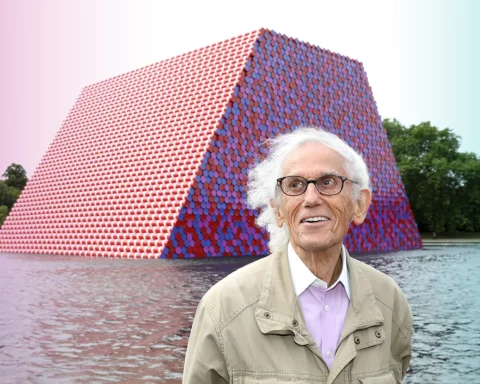Transfăgărășan, what many consider to be the world’s best road, took just under four years to be built. It took 6 million tons of dynamite and about 300,000 cubic meters of masonry to carve the 91 kilometers of road that would snake its way through the Carpathian Mountains from Muntenia, just northwest of Bucharest, to Ardeal, in the historical region of Transylvania. However, it wasn’t all smooth sailing.
However, as stunning as the road is, it’s also one of the bloodiest roads in the world. According to officials, 40 souls were lost in making what is considered the world’s best road. Unofficially, hundreds have lost their lives between the rocks and avalanches of the Făgăraș Mountains.
Transfăgărășan: master plan of Nicolae Ceaușescu
The site’s construction began in early 1970 near a small village called Bascov, located near the county of Pitești. The initiative to build the road was a master plan of none other than communist leader Nicolae Ceaușescu. To this day, the road is internationally known as “Ceaușescu’s folly.” The building of this impressive road was, however, more than a whim of the dictator. Behind his strong desire to have a road cut into the mountains laid the underlying matter of national security.
The impressive road we know and enjoy today was to be used as an escape route in case of a Soviet invasion of the Romanian lands. Fearing a similar fate as that of Czechoslovakia two years earlier, the leader demanded a road that would serve as a passing point for Romanian troops to advance their way to victory and save the Romanian people.
And so, one spring morning, in the year 1970, the works began. The construction of the site began simultaneously from either side of the mountain. The meeting point, which would signify its completion, was to be called Poarta Întalnirii, which translates to ‘The Meeting Gate.’
The long, treacherous road to completion
However, building a road of such magnitude was no easy job. Communist prisoners, army forces, and civilians alike were sent up to the mountains from where they would seldom come down. Gheorghe Tudosoiu, the chief roadman during the construction of Transfăgărășan, later recounted that he “went up to Capra [Lake, situated at 2230 meters altitude] in 1976, and didn’t go down from the mountains until 1980.”
Not all of those who began the journey of blood, sweat, and tears were able to reach this point. The harsh work conditions and the usage of strong armaments led to a number of deaths. While officials have a tally of 40, according to testimonials offered by the workers who barely made it out alive, the actual numbers are into the hundreds, with workers buried under heavy rocks and ruthless avalanches.
The sacrifice of those who contributed their lives to the building of Transfăgărășan has not been forgotten, nor will it ever be. Once the road was completed, two monuments were erected in 1974, commemorating the loss of the many souls who were to meet their end on the peaks of Romania’s harshest mountains. These were at the Meeting Gate and the Engineer’s Gate. And as the memory continues to ravage Romanian national conscience and memory, another monument was unveiled in 2017, honoring those souls whose bodies were never found.
Transfăgărășan is more than a road. It is more than the world’s best road. It is a monument symbolizing the remarkable and challenging history of the Romanian people, a history that was carried by human sacrifice and dedication.







